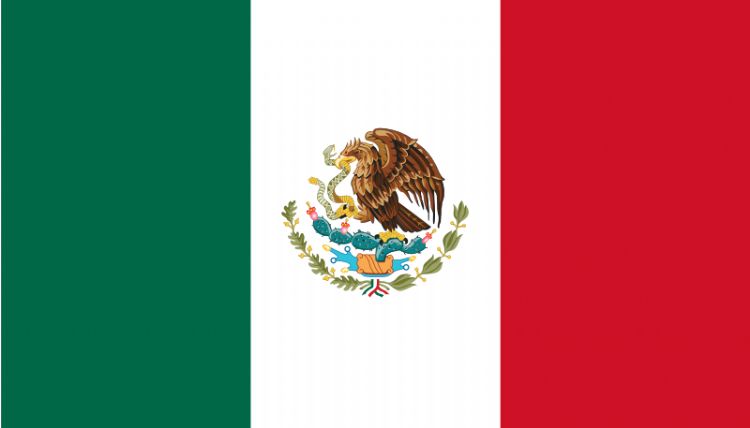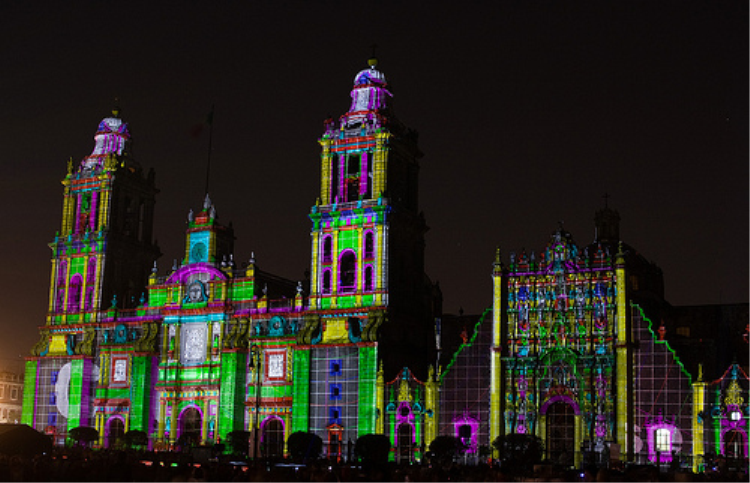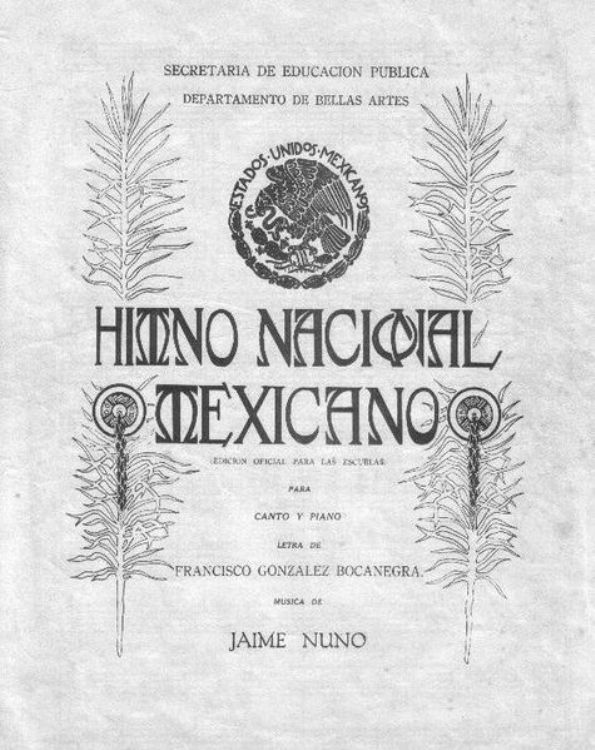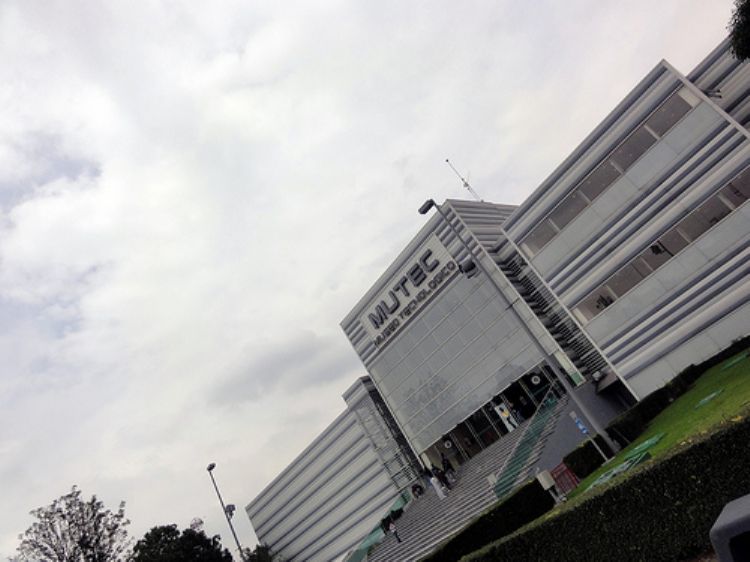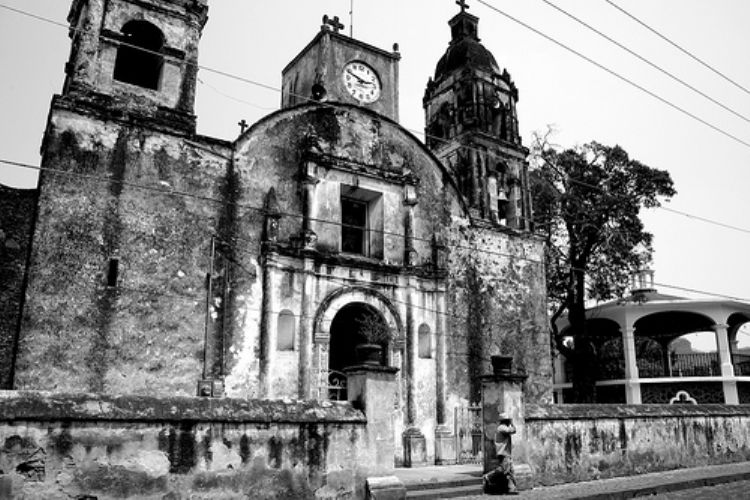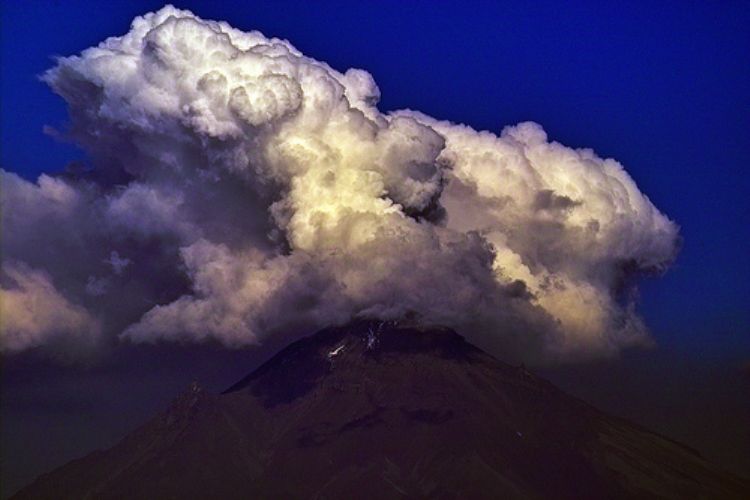The Mexican Revolution, November 20th
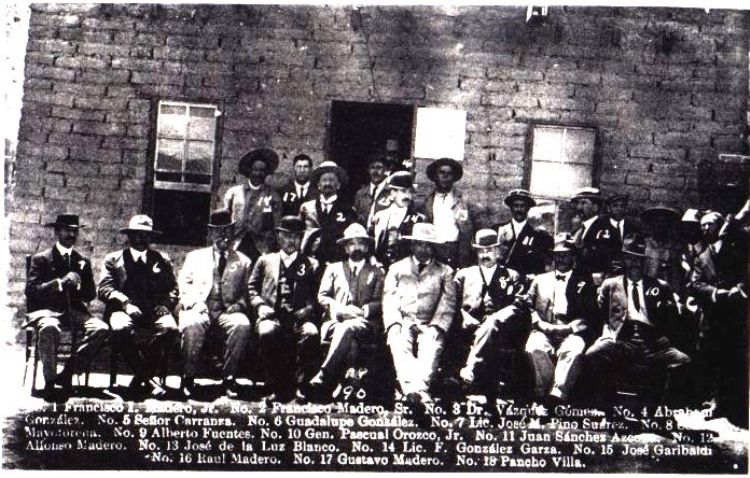
During the 19th century, the country had many battles, not only armed, but also ideological in the search for an identity as a nation, which seemed to have concreted with the Porfirio Diaz regime, who despite his long presidential term and having achieved the recognition of the Mexican State by former adversaries, as well as the construction of routes and communication media and having elevated the production of raw materials during his more than 30 years in the government, couldnât satisfy the construction of a comprehensive nation. The rural population was not included in the development and was submitted to a system of labor exploitation in most cases.
Exploitation, marginalization and poverty, were ultimately channeled through the revolutionary movement started on November 20 of 1910, ideologically lead by Francisco I. Madero, who represented the opposition for that yearâs elections. Maderoâs flag would specifically be creating a new legacy of Laws, which included the restitution of the populationâs individual rights and mainly the lost value of the vote, with an effective Suffrage and no Reelection. All of this was contained in his Social political essay: âLas Elecciones Presidenciales de 1910â (The Presidential Elections of 1910), written together with José María Pïno Suárez, his future Vice-President.
The revolutionary movement gained strength through the convocation of various leaders: in the South, Zapata and in the North, Francisco Villa, who saw hope in Madero. Although Porfirio Díaz called himself the winner, Madero achieved his resignation and assumed the role of President. His mandate was not easy; the presidential chair became bounty for many.
Maderoâs government had reached power with many obstacles, on one side, the formation of a revolutionary group under his ideology, but on the other, there suddenly appeared many interested in the role and in obtaining the benefits of the revolution. Among them was Victoriano Huerta, who at first had to support the struggle, and soon after became interested in the presidency.
Since mid-1912, a conspiracy was being prepared with the participation of the conservatives. It was in February 1913 when Huerta joined the revolt against Madero for planning his murder in the historical event named the Decena Trágica (Tragic Ten), after which Victoriano Huerta became President.
The revolutionary movement was also marked by many organizational limitations, and pressure from different groups such as the conservatives and liberals for the revolutionaries to make decisions that often endangered the countryâs stability, because the United States was always willing to agree with liberals and conservatives according to what best suited its interests.
In the middle of the battle, the armed forces where sustained by thousands of farmers who were not getting an answer to the main reason for the struggle, which was the repartition of land, which often originated a distancing among the leaders such as Villa and Zapata.
However, the most important achievement of the revolutionary movement was certainly the promulgation of the Constitution during the presidential term of Venustiano Carranza, which gave way to the beginning of a peace process concluded by General Álvaro Obregón.
Artículo Producido por el Equipo Editorial Explorando México.
Copyright Explorando México, Todos los Derechos Reservados.

